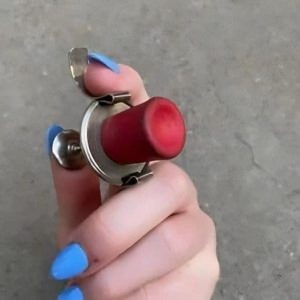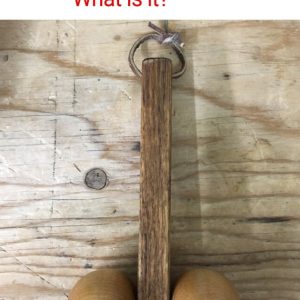If you own a vintage Jaguar or are restoring a classic British car, you know that every detail matters. From the purr of the engine to the shine of the chrome, maintaining authenticity is key. But there’s one part under the hood that does more than just look period-correct—it plays a vital role in keeping your fuel clean and your engine running smoothly. We’re talking about the car fuel filter bowl.
This underrated component may look simple, but it’s a genius little piece of engineering. Let’s take a deep dive into what it is, how it works, and why your classic Jaguar probably can’t do without it.
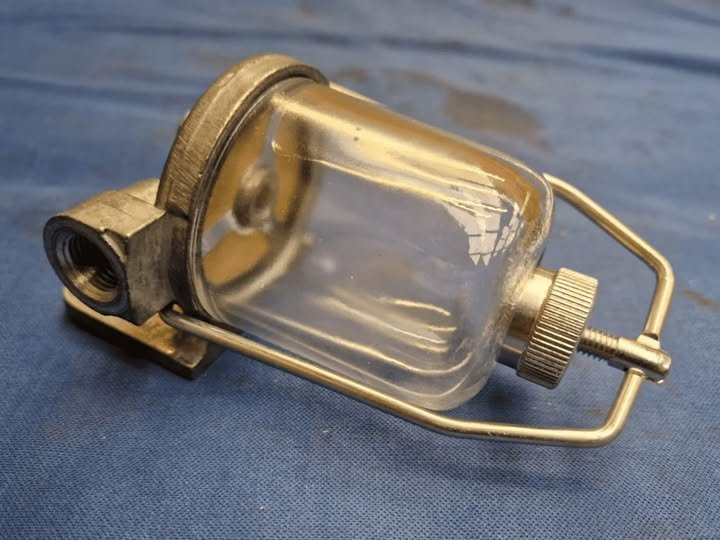
What Is a Fuel Filter Bowl?
The fuel filter bowl is a transparent chamber, often made of glass, that’s mounted within the fuel delivery system—usually somewhere between the fuel tank and the carburetor. You’ll mostly find these in vintage cars, especially Jaguar models from the ’50s to the ’70s.
Unlike modern sealed fuel filters, this old-school design lets you see what’s happening inside. It’s part practical tool, part visual indicator, and part retro masterpiece.
And yes, it does way more than just look cool.
Video: Fuel Filter & Water Strainer from Holden Vintage & Classic
Key Components of a Jaguar Fuel Filter Bowl
Let’s break down what this little setup actually includes:
Glass Bowl
This is the most recognizable part. The clear bowl gives you an instant view of your fuel’s condition—think of it as a fuel window. Sediment, water, or discoloration? You’ll see it before it causes a problem.
Filter Element
Inside the bowl, there’s usually a mesh or paper filter that traps rust, debris, and dirt before it can reach your carburetor or fuel injectors. Clean fuel means smoother combustion and better performance.
Metal Housing
The metal frame holds everything in place. It attaches securely to the fuel line and keeps the glass bowl stable during operation.
Drain Screw or Clamp
Need to clean it out? Unscrew the drain bolt or release the clamp. No tools required, no mess involved—just old-school, hands-on maintenance.
Inlet & Outlet Ports
Fuel enters through one side, passes through the filter element, and exits on the other—clean, clear, and ready for ignition.
What Does It Actually Do?
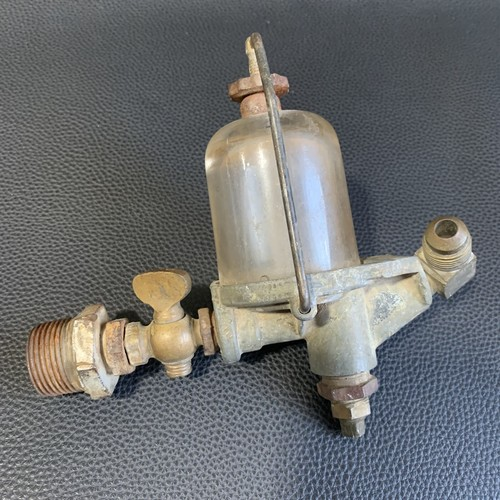
You might be wondering why anyone would bother with such a retro setup when modern fuel filters are cheaper and easier to replace. Here’s why the fuel filter bowl is such a clever piece of the puzzle.
Filters Contaminants
Classic cars often have older fuel tanks and metal lines, which can develop rust over time. The filter bowl traps this debris before it gets anywhere near your engine.
Protects Engine Components
Clean fuel keeps everything—from the carburetor jets to the combustion chambers—working better and lasting longer.
Allows Visual Inspection
This is a big deal. You don’t need to remove or dismantle anything to check your fuel condition. Just glance at the bowl. Spotting water, air bubbles, or cloudy fuel can help you troubleshoot issues early.
Which Jaguars Use This Type of Filter?
You’ll typically find fuel filter bowls on vintage British cars from the golden era of automotive design. Specifically, these models often feature them:
- Jaguar XK120, XK140, XK150
- Jaguar E-Type (Series 1 and 2)
- Jaguar Mark VII, VIII, IX
- Jaguar Mark 2 and 240/340
- Other British classics like MGs, Austin-Healeys, and Triumphs
These filter bowls aren’t just functional—they’re part of the period-correct charm. They keep the car running well while staying true to its original engineering.
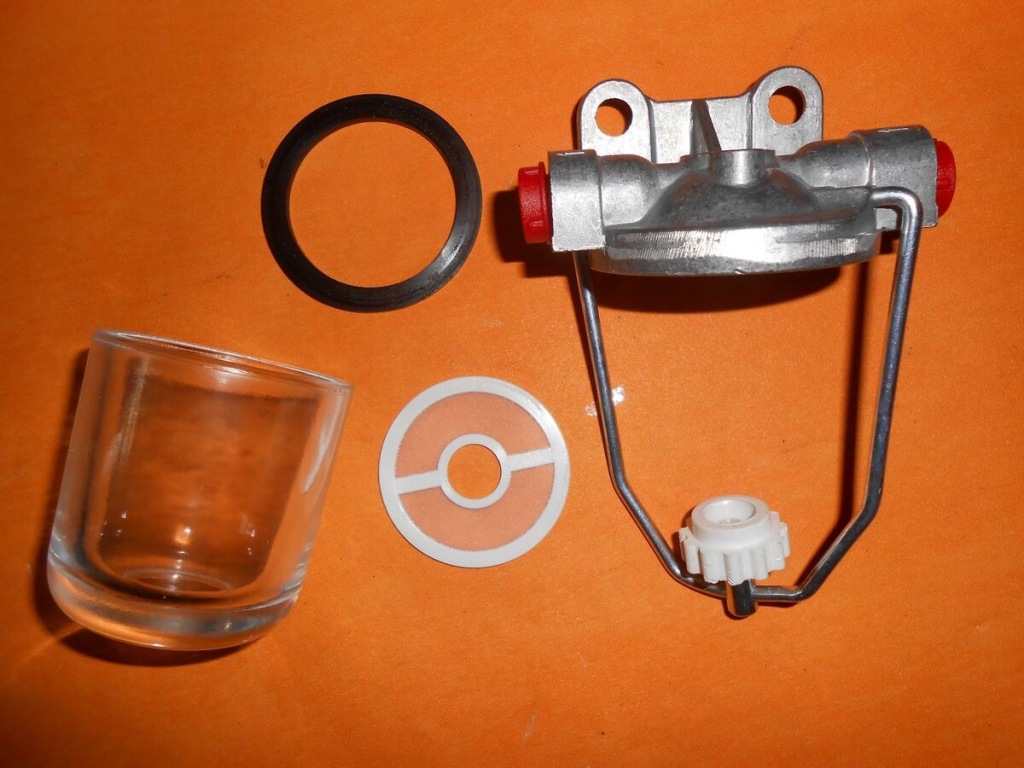
🛠️ How to Maintain a Fuel Filter Bowl
If you want your Jaguar running like it just rolled off the line in Coventry, this is one component you can’t ignore. The good news? Maintenance is simple—and satisfying.
Clean It Regularly
Sediment buildup? Water pooling in the bottom? Just unclip or unscrew the bowl, empty it out, and give it a quick wipe with a lint-free cloth. It’s basic car care that goes a long way.
Inspect the Filter Element
Some setups include a washable mesh screen, others use replaceable paper filters. Either way, check it occasionally and replace when it looks gummed up.
Look for Cracks or Leaks
Glass can weaken with time—especially if it’s original. Check for hairline fractures or small leaks. Safety comes first.
Use Proper Seals
If you’re putting the bowl back together, make sure the gasket is in good shape and seated correctly. You don’t want fuel leaking all over your pristine engine bay.
Why Choose a Glass Fuel Filter Bowl for Your Jaguar?
Video: 1955 Ford Glass Bowl Fuel Pump Filter
Still debating whether it’s worth keeping this retro part in your car? Here’s why many restorers and enthusiasts swear by it:
- It’s durable — with proper care, it can outlast modern plastic filters.
- It’s reusable — unlike disposable filters, this one just needs a clean.
- It fits the era — keeps your car historically accurate and visually on point.
- It gives you control — one quick glance and you know your fuel’s condition.
Plus, let’s be real—it just looks cool. There’s something satisfying about seeing the fuel flow through that crystal-clear bowl, especially if you’re into the mechanics as much as the aesthetics.
A Small Part With a Big Impact
It might seem like a minor detail, but the fuel filter bowl is a key piece of vintage Jaguar maintenance. It does its job quietly, reliably, and with a touch of old-school elegance. Whether you’re driving a show-ready E-Type or a beloved Sunday cruiser, giving attention to components like this can mean the difference between a sputtering start and a smooth, confident roar.
Conclusion: Don’t Overlook the Little Things
The car fuel filter bowl for Jaguar is more than just a functional fuel filter—it’s a snapshot of a time when engineering was tactile, mechanical, and beautifully simple. It protects your engine, reveals what’s really flowing through your fuel lines, and adds one more authentic detail to your classic build.
So if you’ve got one in your car? Take care of it. And if you don’t? Maybe it’s time to add one. Because when it comes to vintage performance, every part plays a role—and this one deserves its spotlight.
